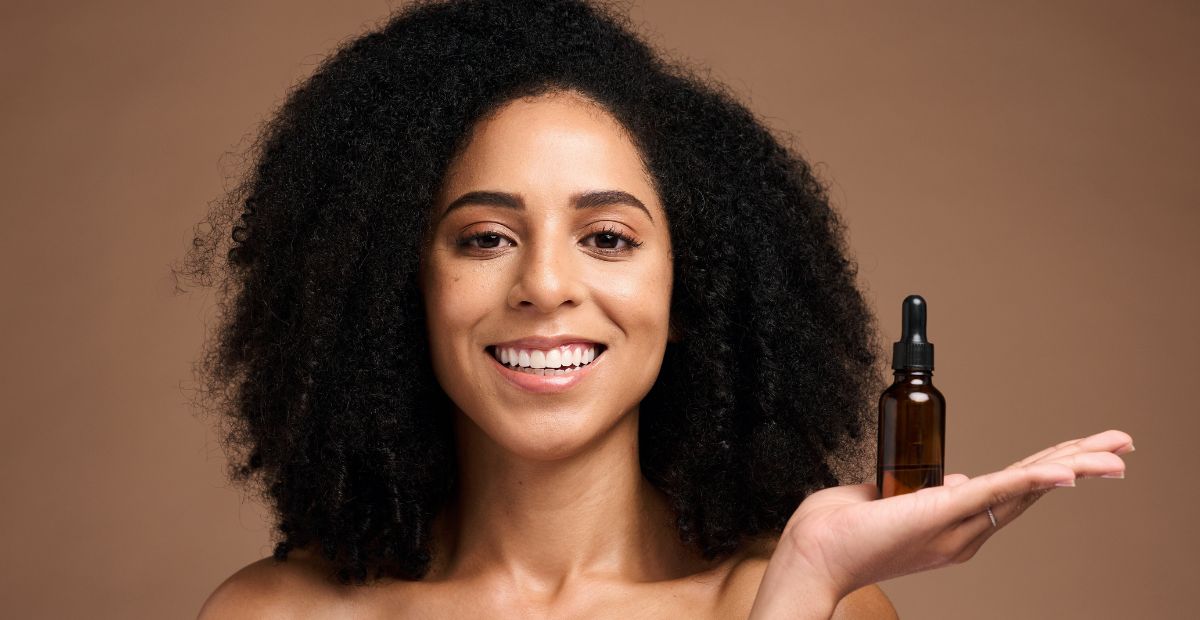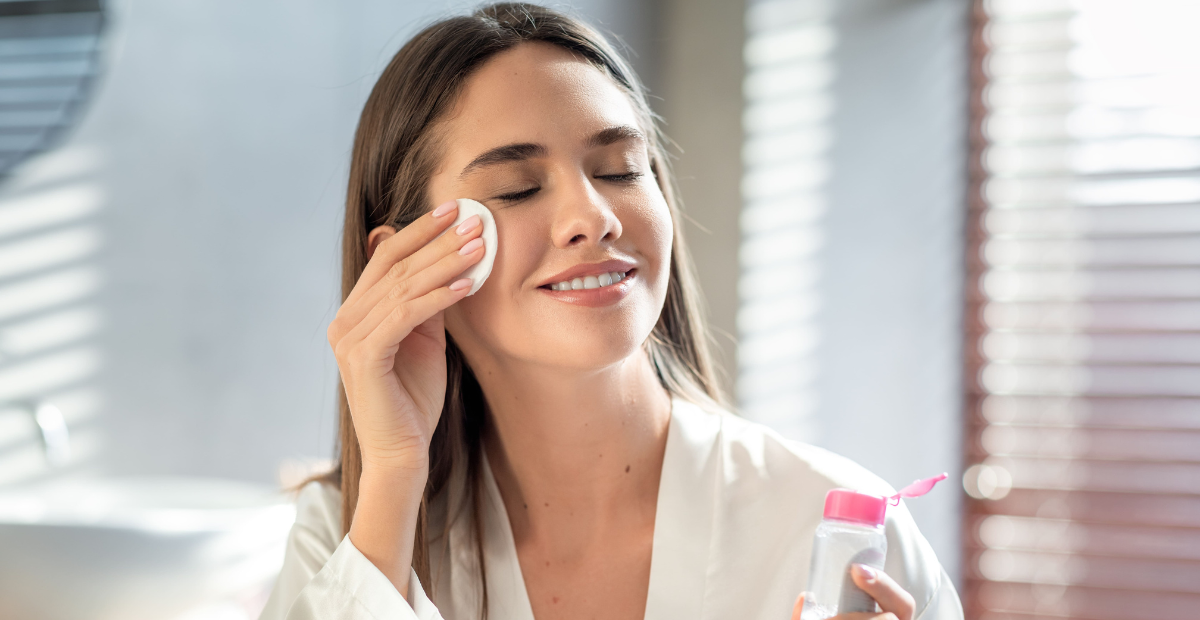Lactic Acid 101: Why You Should Add it to Your Skincare Routine
Onskin Content Team
Your guides through the skincare chaos
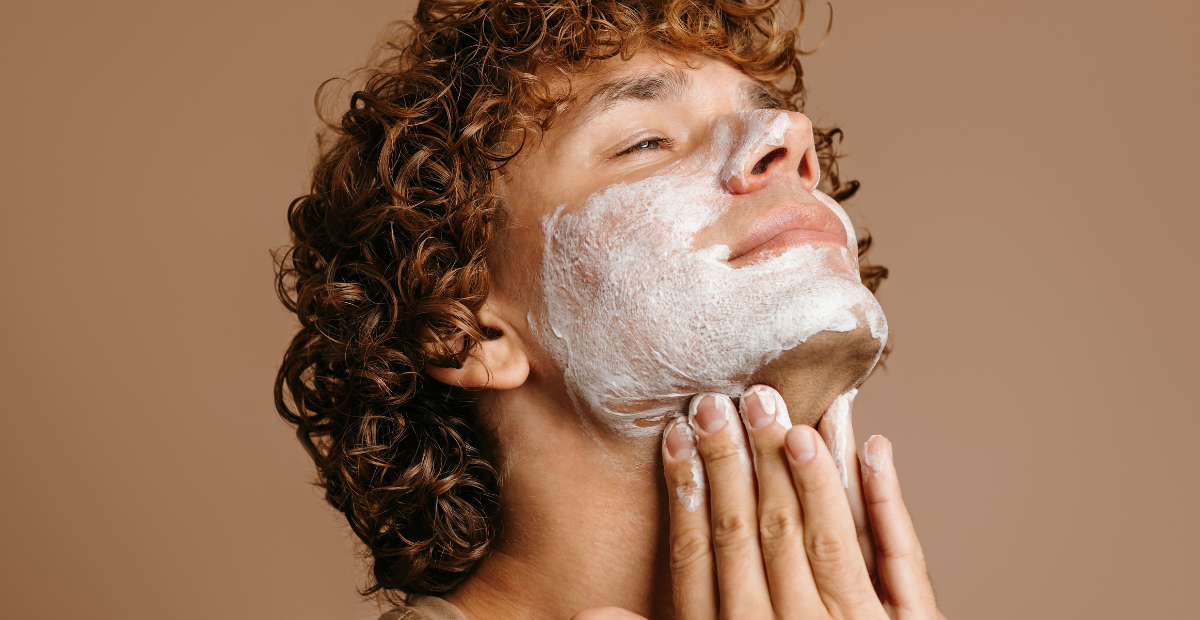
It’s hard to imagine anyone today taking a bath full of milk like Cleopatra did centuries ago. But in 2025, you can still enjoy one of her favorite beauty secrets. Derived from milk, lactic acid hydrates, smooths fine lines, fights acne, and offers many more benefits. Keep reading to find out why it definitely should be included in your skincare routine.
What Is Lactic Acid
At first glance, the words lactic and acid might seem a bit odd together. Lactic, which means obtained from milk, suggests something calm and soothing, while acid is usually associated with something sharp and sour. But when combined, they can do wonders for your skin.
In more precise terms, lactic acid, along with glycolic acid, is among the most prevalent forms of alpha-hydroxy acids (AHA). This group includes acids mostly derived from plants and is often found in different beauty products. Citric, tartaric, pyruvic acids, and more are on the list.
For the first time lactic acid was extracted from milk in 1780 by the German-Swedish chemist Karl Wilhelm Scheele. The first mentioned use of this ingredient dates back to the middle of the 20th century, when it was applied to treat ichthyosis, a condition that causes dry, itchy skin that looks scaly, rough, and red.
What Does Lactic Acid Do for the Skin?
Lactic acid is an ingredient found in the Natural Moisturizing Factor. NMF is a whole set of substances naturally found in our skin. Their main task is to absorb moisture from the environment and cosmetics and lock it into the skin’s tissues. The group also includes amino acids, peptides, urea, and more.
So, judging by the name of the group, it’s obvious that
Lactic acid moisturizes the skin.
To understand how effectively alpha-hydroxy acids can benefit the skin, scientists decided to compare them. They have tested glycolic, lactic, citric, hydroxybutyric, and malic acids to find out how well they can help the skin renew itself, improve hydration, and reduce fine lines and wrinkles.
The study has shown that lactic and glycolic acids were the most effective AHAs. Both of them helped hydrate the body and reduce wrinkles when applied over a prolonged period (6 weeks). Moreover, at higher concentrations, lactic acid appeared to be the least irritating among all.
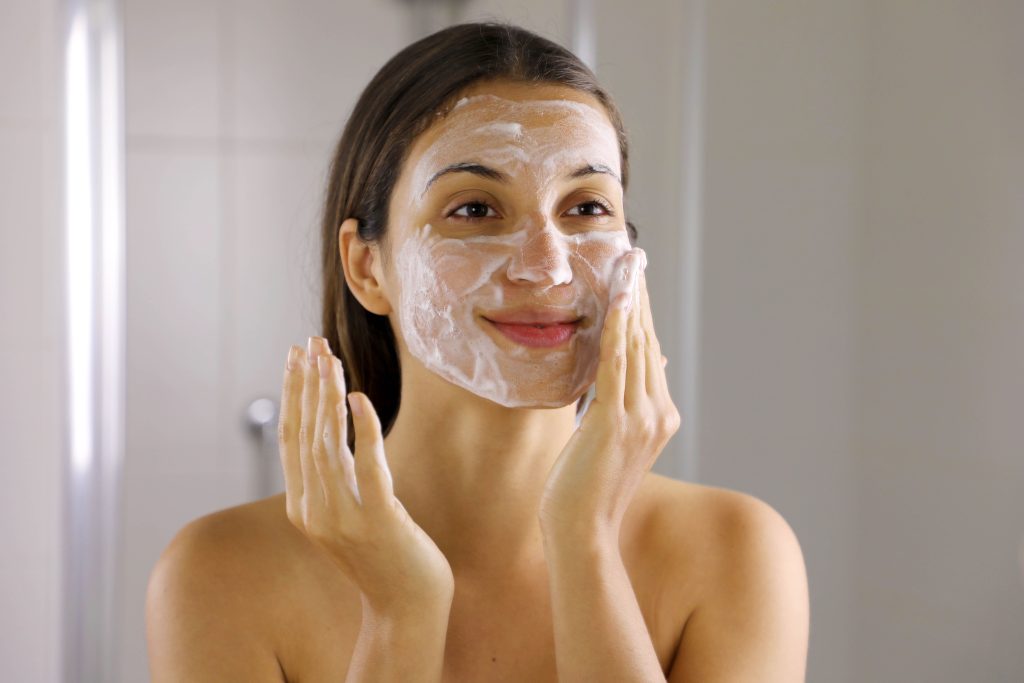
As far as other acids are concerned, they were less effective on their own but might still be beneficial when mixed with lactic or glycolic acid. So, in this AHA race, lactic acid clearly finished first.
You can find a full guide on how to hydrate your skin all year round right here.
Lactic acid fights skin aging.
Scientists aren’t completely sure about how exactly AHAs work against skin aging. However, the most popular explanation is that they remove calcium from the bonds between skin cells, which helps shed dead cells and makes the skin smoother. The lower calcium level, in its turn, speeds up cell renewal, making skin look fresher and younger.
It’s effective against photodamage.
A study has shown that people who used face creams containing 8% glycolic acid or 8% lactic acid saw more significant improvements in skin damage caused by the sun compared to those who used a vehicle cream. Lactic acid improved sun damage, uneven pigmentation, yellowish tone, and rough skin texture.
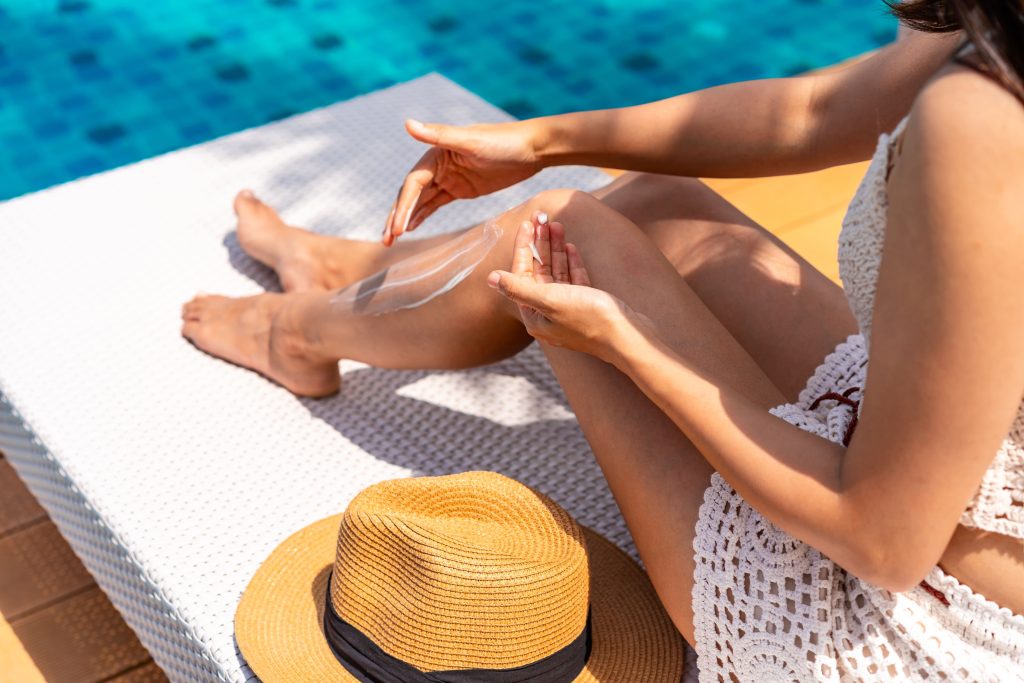
It can treat acne.
In another study, scientists tested a 5% lactate solution (a type of lactic acid) for treating acne. As part of the experiment, 22 patients applied the lotion twice a day for a year.
As a result, over 40% of patients saw a 90–100% reduction in inflamed pimples, while 22.7% had the same level of improvement in non-inflammatory lesions. In general, most patients experienced at least a 50% improvement.
It’s effective against eczema.
A moisturizing cream with lactic acid and refined almond oil helped reduce itching in people with xerotic eczema within just 30 minutes of the first use. When used twice a day for two weeks, the improvements were even more evident.
Lactic acid is an effective ingredient in fighting psoriasis.
According to the American Academy of Dermatology Association, scale softeners containing salicylic acid, lactic acid, or urea can help treat psoriasis. Experts also recommend taking a warm bath before applying a scale softener to maximize the effect.
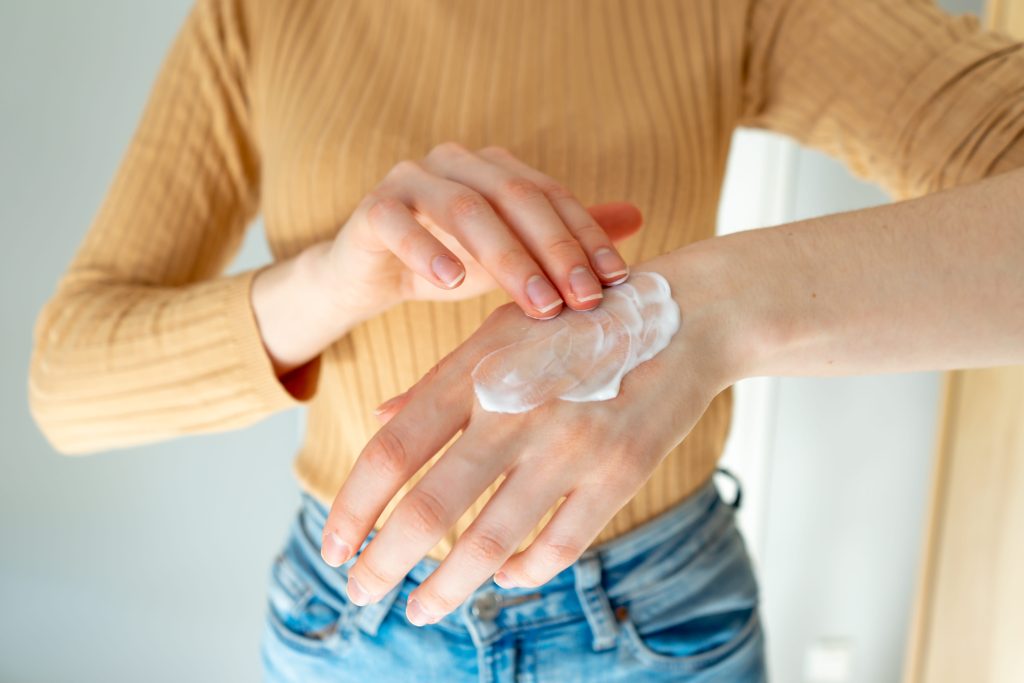
If you have any skin issues and aren’t sure whether a particular skincare product will help or suit you, you can check it using the OnSkin app. It analyzes each ingredient in the product formula and determines whether it’s suitable for you based on your current skin condition. It also shows the safety of the products, which is especially important if you have sensitive skin and want to minimize the use of allergens or other dangerous ingredients.
Who Is It Suitable For?
Lactic acid is suitable for all skin types, including dry skin, which can often struggle with other acids. Since lactic acid is highly moisturizing, it’s an excellent choice for those seeking additional hydration.
The Cosmetic Ingredient Review (CIR), which assesses the safety of cosmetic ingredients, considers lactic acid safe at concentrations of up to 10%. For AHA products exceeding 10–15%, professional supervision is recommended.
Lactic acid can be found in a wide range of beauty products, including cleansers, toners, serums, and creams. Its effectiveness depends on the concentration used. If you’re trying it for the first time, especially at a higher concentration, it’s best to do a patch test to check for any reactions.
How Do I Use It?
Cleansers and toners with lactic acid in their formula can be used both in the morning and evening. Creams and serums work best when applied in the evening after cleansing.
How often you use it depends on your skin type and how it reacts, but lactic acid is generally gentle enough for daily use. However, since AHAs can make your skin more sensitive to sunlight, it’s essential to wear sunscreen during the day.
By the way, you can quickly check if you’re applying sunscreen correctly by taking a short quiz on our website. As a bonus, you’ll find a guide to the five most common sunscreen mistakes to avoid! 🙂
FAQ
-
Where do I start with OnSkin?
Download the app and think of a product you’d like to know more about. Then, go to the main screen and choose how you’d like to get the info —by manually looking it up in the search bar, by scanning its barcode, or by simply taking a picture of the packaging. Once you’ve done any of these, you can see how safe the product is and if it suits your skin or hair (if this analysis is available).
-
What is Safety Rating, and how is it calculated?
In OnSkin, we base product rates on ingredients. Each is closely studied by our medical team and then evaluated. This way, each product gets a score from 0 to 100, with 100 as the safest level.
Safety Levels
- Excellent (76–100)
- Good (51–75)
- Not great (26–50)
- Bad (0–25)
These scores are backed by the latest scientific studies. You can find links to the resources we’ve used on each ingredient page. To assess the safety of product ingredients, we evaluate them according to the following parameters/criteria
- Endocrine disruption risk / Reproductive toxicity
Indicates the probability of mimicking, blocking, or interfering with the body hormones.
- Сarcinogenicity
Measures the potential risk of inducing cancer.
- Allergy risk
Estimates the probability of an allergic reaction.
- High concentration alert
Determines the risk of being unsafe in certain amounts.
-
What is Skin Match?
Based on the info you input about your skin type, age, skin care goal, and other “settings,” OnSkin checks how well a product is tailored to your unique skin needs — it’s basically like a dermatologist helping you find the right products, minus the fees and the long wait. The product you’re checking might be labeled as It’s a match!, Hit-or-miss, or Not a match for you. The app also detects ingredient groups such as Anti-acne, Anti-inflammatory, Moisturizes, May be drying, Comedogenic, and others — by tapping one, you see exactly what ingredients from this or that group are in the product.
-
I seem to have a problem with using the app. Who should I contact?
Please reach out to us at [email protected], and we’ll carefully look into your issue. Your ideas for improving the app are also very welcome!
-
Do you have an Android version?
Not yet! Hey Android users, we hear you, and we're thinking about making an Android version, but we haven't started the development yet.
Tracker Sent!
It’s on the way to your inbox.


